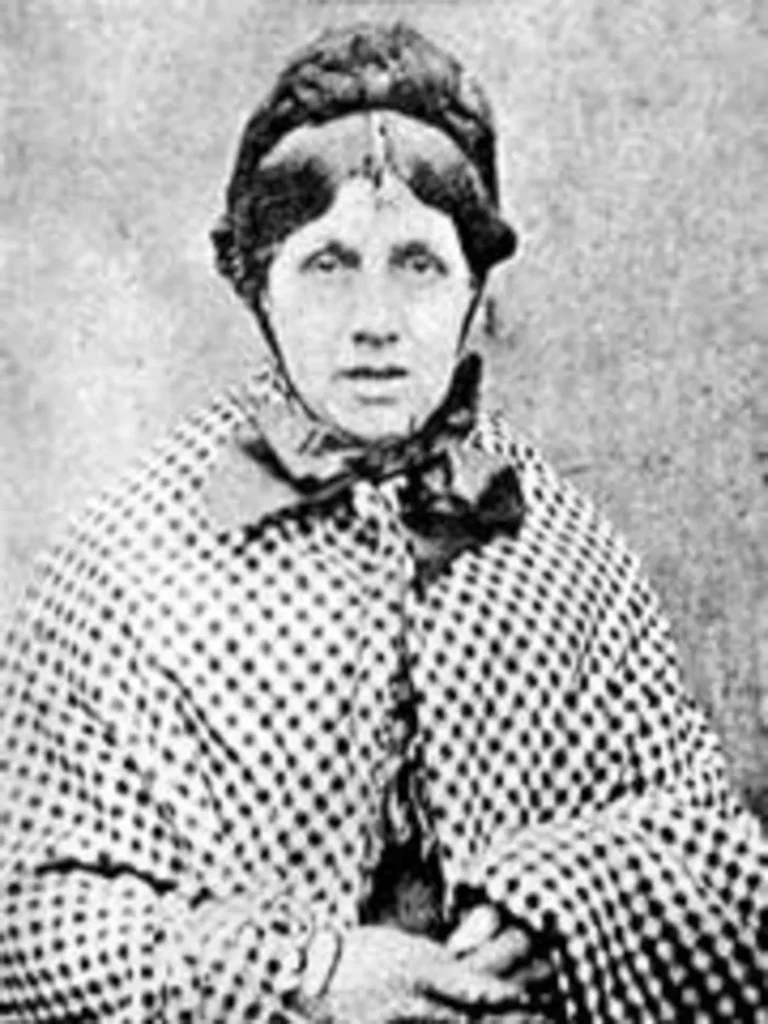Mary Ann Cotton: Britain’s Most Notorious Female Serial Killer

WARNING: This is a true crime article and may not be suitable for all readers.
Introduction
Mary Ann Cotton was a notorious female serial killer who operated in the 19th century in England. She is believed to have killed at least 21 people, including her own children and husbands, using arsenic poisoning. Her heinous crimes shocked the nation and made headlines around the world.
Mary Ann was born in the village of Low Moorsley, County Durham in the northeast of England. She spent most of her life in the northeast, moving between various towns and cities including Sunderland, Seaham Harbour, West Auckland, Newcastle upon Tyne, and finally, the town of Seaham, where she was arrested and imprisoned.
Background
Mary Ann Cotton was born on October 31, 1832, in Low Moorsley, County Durham. She was the daughter of Michael and Margaret Robson, and was the second of their five children. Mary Ann had a difficult childhood, with her father dying when she was just eight years old. Her mother remarried a man named George Stott, who was abusive towards Mary Ann and her siblings. As a result, Mary Ann was sent to live with her grandmother.
Mary Ann’s grandmother was a midwife and herbalist, and it is believed that she taught Mary Ann how to use herbs and poisons to cure illnesses. It is thought that this early education played a role in Mary Ann’s later use of arsenic to kill her victims.
In 1852, at the age of 20, Mary Ann married William Mowbray, a colliery worker. The couple had five children, but only one survived. William died of an intestinal disorder in 1865, and Mary Ann collected a small insurance payout as a result. She then married George Ward, but he died just one year later. Mary Ann collected another insurance payout and moved on to her third husband, James Robinson.
Mary Ann’s third marriage was a turning point in her life, as it marked the beginning of her killing spree. James Robinson was a widower with five children, and Mary Ann moved in with him and his family in 1866. Over the next few years, four of James’ children died, as did Mary Ann’s own daughter, Isabella. All of them had been poisoned with arsenic.
Mary Ann then moved on to her fourth husband, Frederick Cotton, who she married in 1870. Frederick had a young son, Charles Edward, who also died of arsenic poisoning within months of Mary Ann moving in. Frederick then fell ill and died, leaving Mary Ann with two more insurance payouts.
Mary Ann then moved in with her fifth husband, James Maynard, but he grew suspicious of her and had her arrested. She was tried and found guilty of the murder of her stepson, Charles Edward Cotton, and was hanged at Durham County Gaol on March 24, 1873.
Although Mary Ann never admitted to any of the deaths, it is believed that she murdered at least 21 people, although the exact number of her victims remains uncertain according to most sources.
Conclusion
Mary Ann Cotton’s crimes shocked the nation and marked her as one of the most notorious serial killers in British history. Her use of arsenic to kill her victims was a gruesome reminder of the dangers of poison, and her case had a significant impact on the development of forensic science in Britain. Today, Mary Ann Cotton remains a subject of fascination for true crime enthusiasts around the world, and her story continues to be retold in books, films, and TV shows.
In conclusion, Mary Ann Cotton’s legacy is one of fear, horror, and tragedy. Her crimes serve as a chilling reminder of the dangers of human nature, and the importance of justice and accountability in society.


